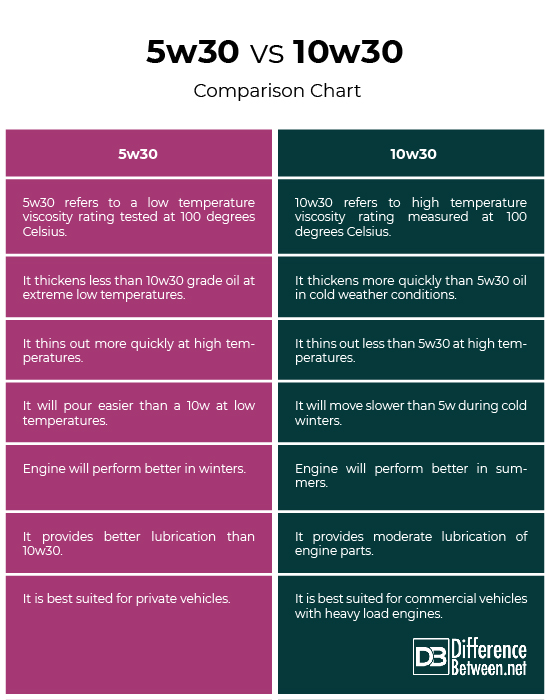The Difference between a Timing Belt and a Timing Chain
When it comes to car engines, the timing belt and timing chain are critical components that play a crucial role in ensuring the smooth operation of the engine. Both the timing belt and timing chain are responsible for synchronizing the rotation of the crankshaft and the camshaft, which is essential for the proper functioning of the engine’s valves and pistons. However, there are significant differences between the two in terms of construction, material, durability, and maintenance. In this article, we will explore the dissimilarities between a timing belt and a timing chain to help you understand their distinct characteristics and functionalities.
Material Composition:
One of the primary differences between a timing belt and a timing chain lies in their material composition. Timing belts are typically made of rubber composite, which is reinforced with high-tensile fibers such as fiberglass or Kevlar. On the other hand, timing chains are constructed from metal, usually steel. This fundamental contrast in material composition contributes to variations in their durability, performance, and maintenance requirements.
Durability and Longevity:
Timing chains are generally known for their durability and longevity. Due to their metal construction, they are inherently more robust and resistant to wear and tear compared to timing belts. Timing chains are designed to withstand high-stress conditions and are capable of lasting the entire lifespan of the engine in many cases. In contrast, timing belts are more susceptible to deterioration over time, especially in high-temperature environments. They tend to dry out and crack, which can lead to catastrophic engine failure if not replaced at the recommended intervals.
Location and Lubrication:
Another key distinction between timing belts and timing chains is their location within the engine and the method of lubrication. Timing belts are situated outside the engine, typically covered by a protective housing, and they do not require lubrication as they operate independently of the engine’s oil system. Conversely, timing chains are housed within the engine and receive lubrication from the engine oil. This continuous lubrication helps to reduce friction and wear on the chain, contributing to its extended lifespan and reliability.
Noise and Cost:
In terms of noise and cost, timing belts are generally quieter in operation compared to timing chains. The rubber composition of timing belts dampens the sound, resulting in smoother and quieter engine performance. Additionally, timing belts are often less expensive to produce, making them a cost-effective option for many vehicle manufacturers. On the other hand, timing chains, while more durable, are typically noisier due to the metal-on-metal contact during operation. The use of metal in their construction also makes timing chains more expensive to manufacture.
Maintenance and Replacement:
The maintenance and replacement requirements for timing belts and timing chains also differ significantly. Timing belts have specific replacement intervals, typically ranging from 60,000 to 100,000 miles, depending on the vehicle manufacturer’s recommendations. Failing to replace a worn or damaged timing belt can result in catastrophic engine damage, making timely replacement crucial. In contrast, timing chains do not have a specific replacement interval and are designed to last the lifetime of the engine under normal operating conditions. However, it is essential to inspect the timing chain for signs of wear and replace any worn components, such as guides and tensioners, as part of regular maintenance.
Read More: Does a Timing Chain Outlast a Timing Belt?
Conclusion:
In summary, the primary differences between a timing belt and a timing chain can be attributed to their material composition, durability, location within the engine, lubrication requirements, noise, cost, and maintenance. While timing belts are quieter and less expensive to produce, they require regular replacement and are more susceptible to wear and tear. Timing chains, on the other hand, are known for their durability and longevity, benefiting from continuous lubrication and robust metal construction. Understanding these differences can help vehicle owners and enthusiasts make informed decisions about maintenance, repair, and replacement of timing components in their vehicles.


